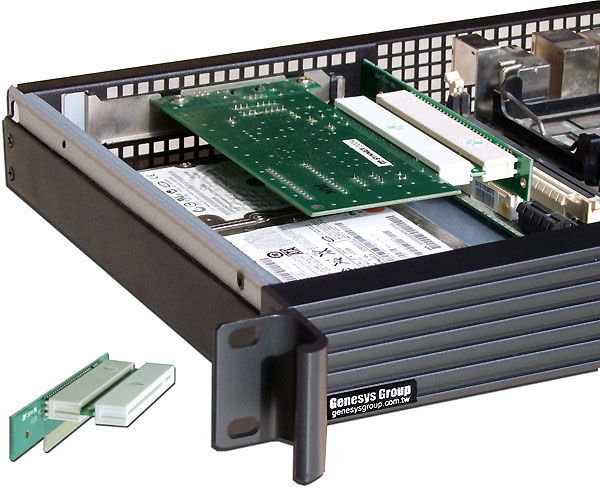- Mar 27, 2009
- 12,968
- 221
- 106
19.) Slim ATX case with Riser, possibly with the optical drive removed if it meant the enclosure could be much more compact.
This arrangement should allow us to add at least two cards for installations involving typical ATX motherboards. One low profile card in the slot nearest the I/O shield and one full width dual slot video card (using a riser with the PCI-E x16 slot in the second expansion bay position)
With that mentioned, consideration would have to be made for Micro ATX boards that have their PCI-E x16 slots in the first expansion bay position (Most, if not all, ATX boards have their first PCI-E x16 slot in the second expansion bay position). (See picture below for an example of typical PCI-E x16 slot positioning differences between ATX and Micro ATX)

(ATX motherboard with PCI-E x1 in 1st expansion bay position and PCI-E x16 slot in the 2nd expansion bay position)

(Micro ATX with PCI-E x16 slot in the 1st expansion bay position)
With that mentioned, PCI-E x16 slot positioning differences between ATX and uATX could be handled with the appropriate extension added to the riser (example of an extension shown below):

This arrangement should allow us to add at least two cards for installations involving typical ATX motherboards. One low profile card in the slot nearest the I/O shield and one full width dual slot video card (using a riser with the PCI-E x16 slot in the second expansion bay position)
With that mentioned, consideration would have to be made for Micro ATX boards that have their PCI-E x16 slots in the first expansion bay position (Most, if not all, ATX boards have their first PCI-E x16 slot in the second expansion bay position). (See picture below for an example of typical PCI-E x16 slot positioning differences between ATX and Micro ATX)

(ATX motherboard with PCI-E x1 in 1st expansion bay position and PCI-E x16 slot in the 2nd expansion bay position)

(Micro ATX with PCI-E x16 slot in the 1st expansion bay position)
With that mentioned, PCI-E x16 slot positioning differences between ATX and uATX could be handled with the appropriate extension added to the riser (example of an extension shown below):

Last edited:











